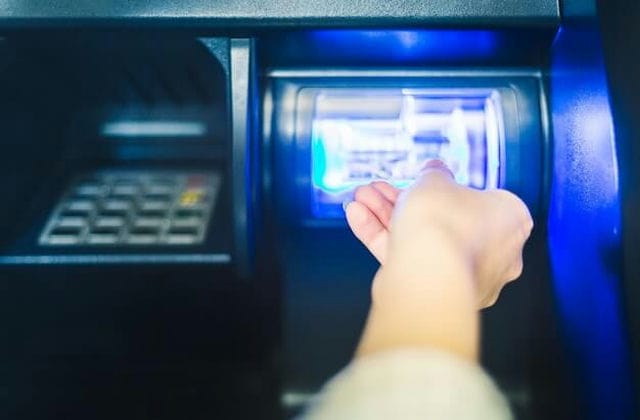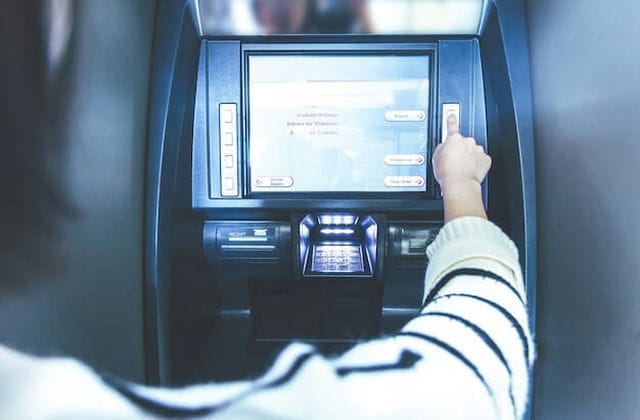Debt is a monetary debt that a bank is trusted to assume and will be paid by assets or capital. Deposits and derivative deposits are the main liabilities of banks, accounting for more than 80% of the source of funds. In addition, inter-bank deposits, interbank deposits, borrowed or borrowed money or issued bonds also constitute liabilities of banks.

- Current deposit
Current deposit is relative to time deposit, which can be withdrawn or paid at any time without prior notice. Demand deposits constitute an important source of funds for commercial banks and an important condition for commercial banks to create credit. But the cost is high. Commercial banks only provide free or low-cost services to customers, and generally do not pay or pay less interest.
- Time deposit
Time deposit is relative to current deposit, which is a kind of deposit with a predetermined term. Time deposits account for a high proportion of bank deposits. Because time deposits are fixed and relatively long, they provide a stable source of funds for commercial banks, which is of great significance for commercial banks to make long-term loans and investments.

- Savings deposit
Savings deposits are savings accounts opened by individuals for saving money and obtaining interest income. Savings deposits can also be divided into current deposits and fixed deposits. The current deposit of savings deposit, or called current savings deposit, has no fixed term for deposit and withdrawal, and can be withdrawn only by the passbook. The passbook cannot be transferred and circulated generally, and the depositor cannot overdraw money.
- Transferable CDs
The transferable time deposit certificate is a main form of time deposit, but it is different from the aforesaid time deposit. The obvious characteristics of transferable deposit certificates are: the face value of the deposit certificates is fixed, the names are not recorded, the interest rates are fixed and floating, and the deposit periods vary from 3 months, 6 months, 9 months and 12 months. The deposit receipt can be transferred in circulation to meet the dual requirements of liquidity and profitability.

- Transferable payment order deposit account
It is actually a checking account that does not use checks. It replaced checks with payment orders. Through this account, commercial banks can not only provide payment convenience, but also pay interest, thus attracting depositors and expanding deposits.
When opening such a deposit account, the depositor may issue a payment order at any time, or withdraw money directly, or pay directly to a third party, and the balance of the deposit may receive interest income. Thus, it meets the requirements for convenience in payment and income.
- Automatic transfer service deposit account
This account is similar to the transferable payment order deposit account, which is developed from the telephone transfer service. When the automatic transfer service is developed, the depositor can open two accounts at the same time in the bank: a savings account and a current account. When the bank receives the cheque drawn by the depositor and needs to pay, it can immediately transfer the payment from the savings account to the current account, and automatically transfer the account to pay the amount on the cheque immediately.

- Swap deposit
Swap deposit refers to the foreign currency that the customer nominally converts into his or her choice when making a deposit, which is deposited in the bank as a foreign currency fixed deposit. When the maturity expires, the customer first converts the foreign currency deposit back to the functional currency with interest. The term of deposit varies from one month to one year.





























